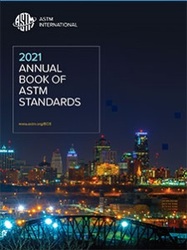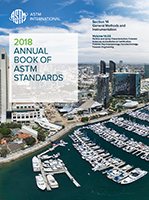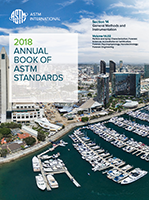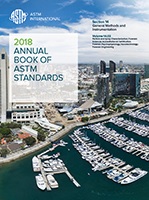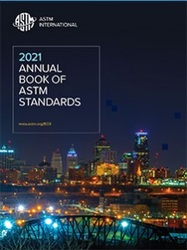Description
1.1 This specification covers two types of 2¼ Cr-1 Mo and three types of Cr-Mo-V alloy steel plates for use in the quenched-and-tempered condition, intended for the fabrication of welded pressure vessels and components.
1.2 Material under this specification is available in five types, designated “A,“ “B,“ “C,“ “D,“ and “E.“ Type B is identical to Type A except for restrictive limits for carbon, phosphorus, sulfur, and nickel. The material is also available in five classes having the following strength levels. Type E is available only as Class 4 and 4a.
| Class | Minimum Tensile Strength, ksi [MPa] |
| 1 | 105 [725] |
| 2 | 115 [795] |
| 3 | 95 [655] |
| 4 and 4a | 85 [585] |
1.3 The maximum thickness of plates is limited only by the capacity of the chemical composition to meet the specified mechanical property requirements.
1.4 The minimum thickness of plates is limited to ³/16 in. [5 mm].
1.5 The material is intended to be suitable for fusion welding. Welding technique is of fundamental importance and it is presupposed that welding procedures will be in accordance with approved methods.
1.6 These alloy steel plates in the as-rolled condition are sensitive to cracking during flame cutting, transit, and handling. They should be shipped in the as-rolled condition only with the mutual agreement of the manufacturer and the purchaser or fabricator.
1.7 The values stated in either inch-pound units or SI units are to be regarded separately as standard. Within the text, the SI units are shown in brackets. The values stated in each system are not exact equivalents, therefore, each system must be used independently of the other. Combining values from the two systems may result in nonconformance with this specification.
Product Details
- Published:
- 10/01/2009
- Number of Pages:
- 4
- File Size:
- 1 file , 83 KB


